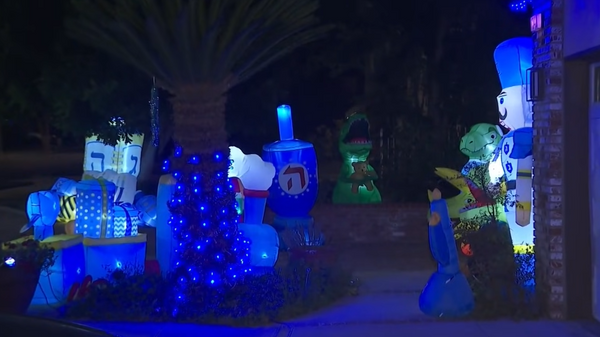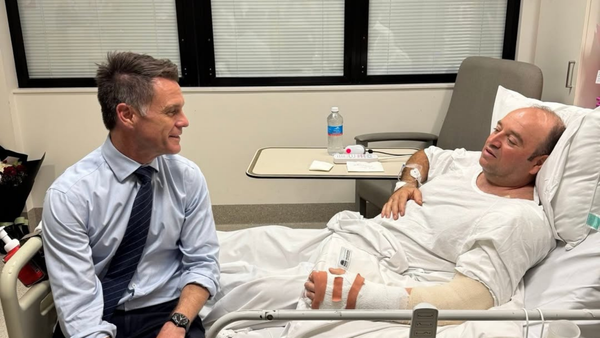Beyond convenience: what tracking your packages says about trust, control, and consumer behavior
You receive a ping on your phone: Your package is out for delivery. It might be a routine update, something you barely register anymore. But that brief notification is the final step in a longer, far more intricate journey—one that reflects not just the path of a product, but a growing need for transparency, trust, and control in modern consumer life.
In just over a decade, package tracking has evolved from a luxury to a default expectation. We no longer wonder if we can follow our deliveries—we wonder how precisely, and with how much detail. The simple act of searching track my package services has become second nature for many, especially as e-commerce takes root in daily routines. The shipping updates we once ignored have become a new form of engagement: micro-moments that satisfy curiosity, build anticipation, and sometimes heighten frustration.
The rise of the tracking mindset
Originally developed as a tool for logistics professionals, parcel tracking has entered the consumer realm with remarkable force. Most people today don’t just expect to be notified when a package ships—they want to know where it is at every stage of the journey. From distribution center hand-offs to customs clearance to the “last mile,” every stop is a touchpoint for the consumer to feel informed, even empowered.
But this visibility comes with psychological weight. It shifts the experience of waiting from passive to active. Instead of forgetting a package until it arrives, we’re prompted to check its progress. Multiple times. Every day. Sometimes every hour.
When trust is built—or broken—by information
Why do we feel uneasy when a package sits too long in one location? Or when the tracking status hasn’t updated in 48 hours?
It’s not just impatience. In the online world, especially with unfamiliar retailers or overseas orders, parcel tracking serves as a proxy for trust. If we can see the package moving, we feel reassured. If it disappears from the radar, we begin to worry: Was this site legitimate? Will I need to file a claim? Did something go wrong in transit?
This growing dependence on updates has created a market for third-party tools—such as universal tracking services—that consolidate information from multiple couriers and international shipping partners. These platforms can provide more cohesive insights for those managing multiple deliveries at once, especially when standard updates from sellers or postal systems prove too vague or inconsistent.
For example, a traveler ordering gear from different countries may rely on an international parcel tracker to follow all packages on a single interface. These tools are often the only way to navigate the logistical maze when local postal services don’t communicate with each other directly.
More than logistics: a reflection of modern life
The proliferation of parcel notifications says something broader about the times we live in. We are busier, but also more anxious. We crave convenience, but we also want control. Package tracking sits at the intersection of those desires—a feature that seems simple but plays a surprisingly complex role in our emotional experience of shopping.
It also reflects our evolving relationship with time. Faster delivery used to be a luxury; today, it’s an expectation. The more precise the delivery estimate, the less forgiving we become of delays. A one-day lag that once went unnoticed now triggers a customer service inquiry.
In this landscape, even the act of checking tracking status becomes part of the consumer journey. It's no longer just about buying something. It's about the reassurance of knowing, of being kept in the loop, of confirming that the system is working as promised.
The final mile and the future of delivery
As logistics technology continues to advance, delivery updates are becoming more granular and predictive. AI-powered systems can now estimate not just the day, but the likely hour of arrival. Some retailers even offer live maps showing the delivery vehicle approaching.
Still, these innovations don’t always solve the emotional gap. A package marked “delivered” that isn’t at your door can trigger instant doubt. In dense urban areas, shared buildings, or during high-volume periods like the holidays, such discrepancies are common—and often lead to customer dissatisfaction.
Universal tracking tools that offer enhanced visibility, including photos or geolocation-based delivery confirmations, may help bridge this trust gap. But they’re just part of a larger shift: one where consumers no longer view deliveries as a passive transaction, but as an ongoing relationship with the retailer, the courier, and the technology that links them.
What your notifications really say
Ultimately, every delivery notification carries more than just shipping data. It signals a deeper evolution in consumer expectations. We no longer just want the thing—we want the story of the thing. We want to follow its journey, understand its path, and be reassured by its progress.
In this way, a simple line of text on your screen becomes more than logistics. It’s a modern ritual—one that blends technology, psychology, and the human desire to stay connected to what matters, even when it’s still in transit.







